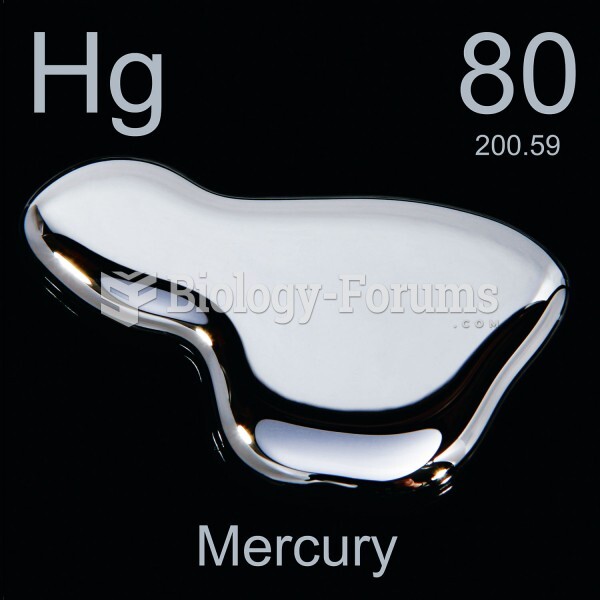Answer to Question 1
differentiation: Mercury is surprisingly dense compared to its relatively low-density crustal rock. From this fact, one can conclude that Mercury's interior is very dense. These layers of different densities formed during Mercury's early stage of development of differentiation..
cratering: Mercury's surface is heavily cratered, which may have formed during the heavy bombardment;
flooding: There are three evidences of flooding on the surface of Mercury. The first evidence of flooding is the impact from, a planetesimal over 100 km in diameter that smashed into the planet and blasted out the great multiringed Caloris Basin. Only parts of that basin have been flooded by lava flows. The smooth plains contain fewer craters and may date from the time of the Caloris impact. The impact may have been so big it fractured the crust and allowed lava flows to resurface wide areas. Because this happened near the end of cratering, the smooth plains have few craters.
The second evidence of flooding is Mercury's old, cratered terraina called intercrater plains... Intercrater plains are less heavily cratered and marked by smaller meteorite craters. Comparative planetology implies that the intercrater plains were produce later by lava flows that buried older terrain.
The third evidence of flooding are the lobate scarps. The cooling interior contracted, wrinkling the crust to form the lobate scarps.
slow surface evolution:
Although Mercury's surface is heavily battered with craters of all sizes, with some craters obviously old and degraded; others seem quite young and have bright rays of ejecta. This provides evidence that Mercury's surface has slowly evolved to its present-day appearance, and will continue to evolve as smaller, less frequent meteorites fall to its surface.
Answer to Question 2
degenerate







